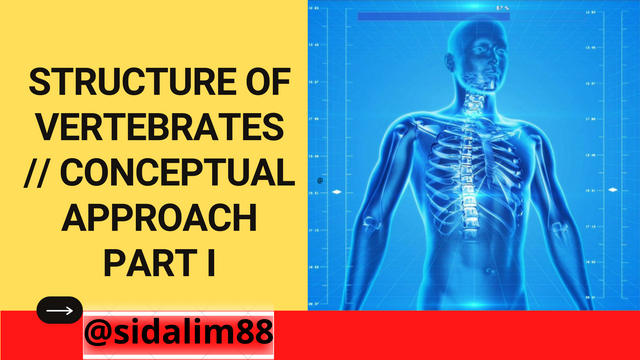.png)
Hello dear members of @Project HOPE, this time I want to share with you some information related to the structure of the human body and vertebrates in general, keep in mind that this skeleton is formed by calcium and phosphorus, which are essential for the proper functioning of all living beings..
INTRODUCTION
All vertebrates are characterized by having a structure composed of bones, which represent the skeleton of the internal part of all living beings that make up the group of vertebrates, these have the function of allowing mobility, support and to move from one place to another with the greatest possible stability..
The main function of bones, apart from providing stability to the body, is to be used as a reserve of basic minerals for the good work of the organism, besides storing fat and serving as a support in the formation of red blood cells.
BONES AND THEIR COMPOSITION
The bones are the armor that supports the body, called the osseous system, together with the cartilages. Their main function is to protect the different organs of the body, such as the lungs, brain and heart. They are also the basis for the storage of blood cells and help to safeguard certain vital minerals in the human body..
.jpg)
Within the bone system there are four types of cells whose function is to maintain and restore dead cells and tissues:
1. Osteoblasts: are the cells in charge of bone production.
2. Osteoclasts: responsible for destroying the bone structure.
3. Osteocytes: they are mature osteoblasts and are also responsible for bone generation. These are the main cell, since they have a long life and have an extracellular matrix, responsible for the storage of calcium and phosphorus.
4. Hematopoietic: the cell responsible for producing white blood cells, red blood cells and platelets.
It is important to highlight the presence of hydroxyapatite, which is an inorganic substance composed of calcium and phosphorus and is surrounded by collagen, which gives more strength and resistance to the bones. It is present in osteocyte cells and is fundamental in bone formation and degradation.
BONE FUNCTION
As mentioned above, bones have various functions in all vertebrates, which are described below:
* They are the support of the human body
* Protect the skull (brain)

* Protect the face and senses (hearing, sight, smell and taste)
* Care for the soft organs located in the thorax (heart and lung).

* Allows mobilization of the different muscles, through the joints.
* The skeletal system is closely related to the ear and its parts (malleus, stapes and incus).

* It is responsible for the manufacture of the cells found in the blood.
FINAL CONSIDERATIONS
Bones are the basis of the human body and are a living organ that has a great diversity of functions that play an important role in keeping us alive, these are: balance, mobility, regulation, protection and deposit of mineral salts, among others that were previously described.
The hardness and flexibility of bones depend on two factors, the first on mineral salts and the second on collagen.
In the same way this topic will be expanded in a future publication friends, see you in a next installment. As always if you have something to comment leave it in the corresponding section.
MATERIAL CONSULTED
Moreno, Ana G. Vertebrates. Source:
Horcajada González, Ricardo. (2012). General notes on applied morphological anatomy and osteology. Source:
Neiza Rodríguez, Nicolay. (2017). Practice guide for students on bony anatomy of the head.. Source:

